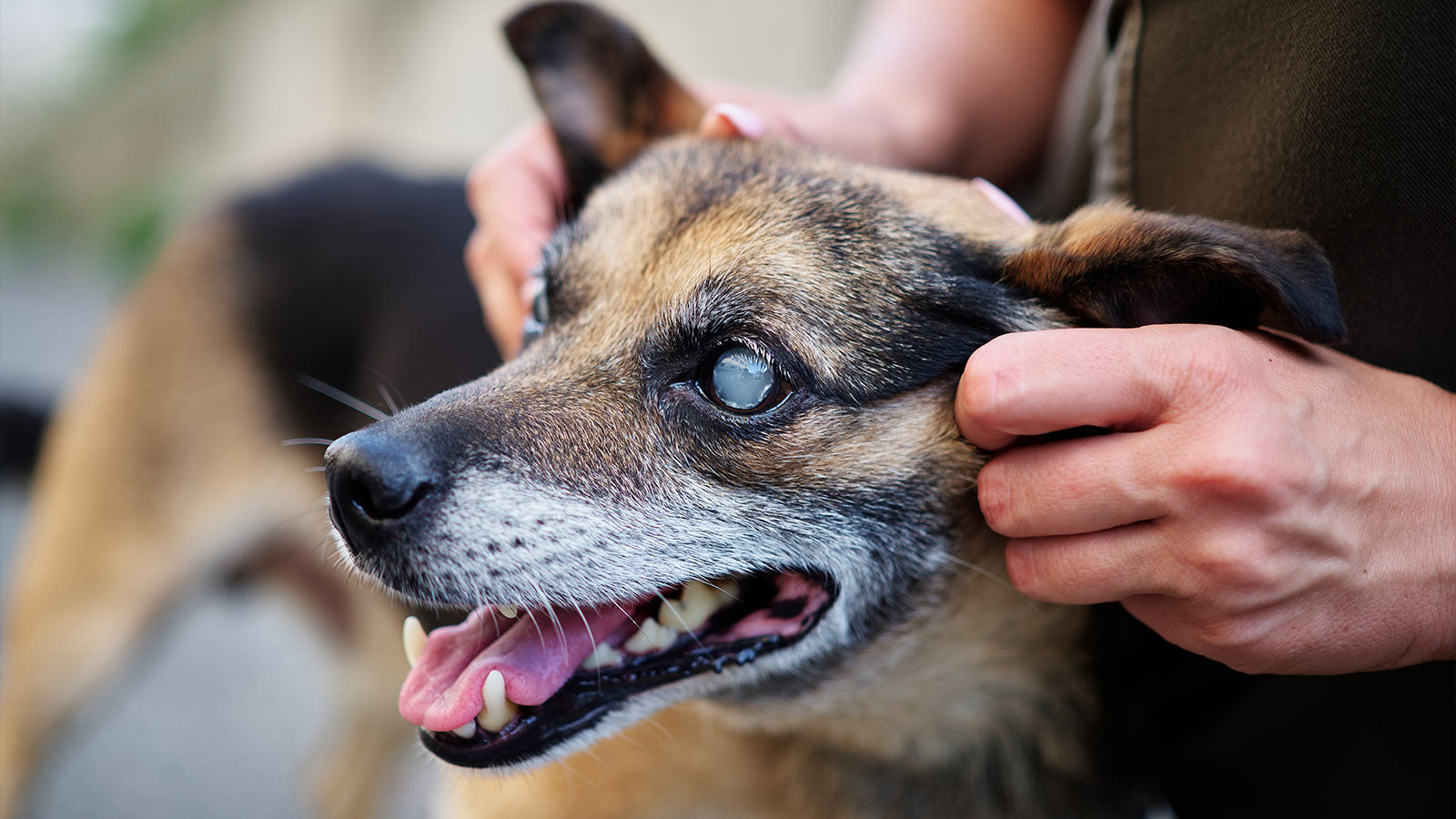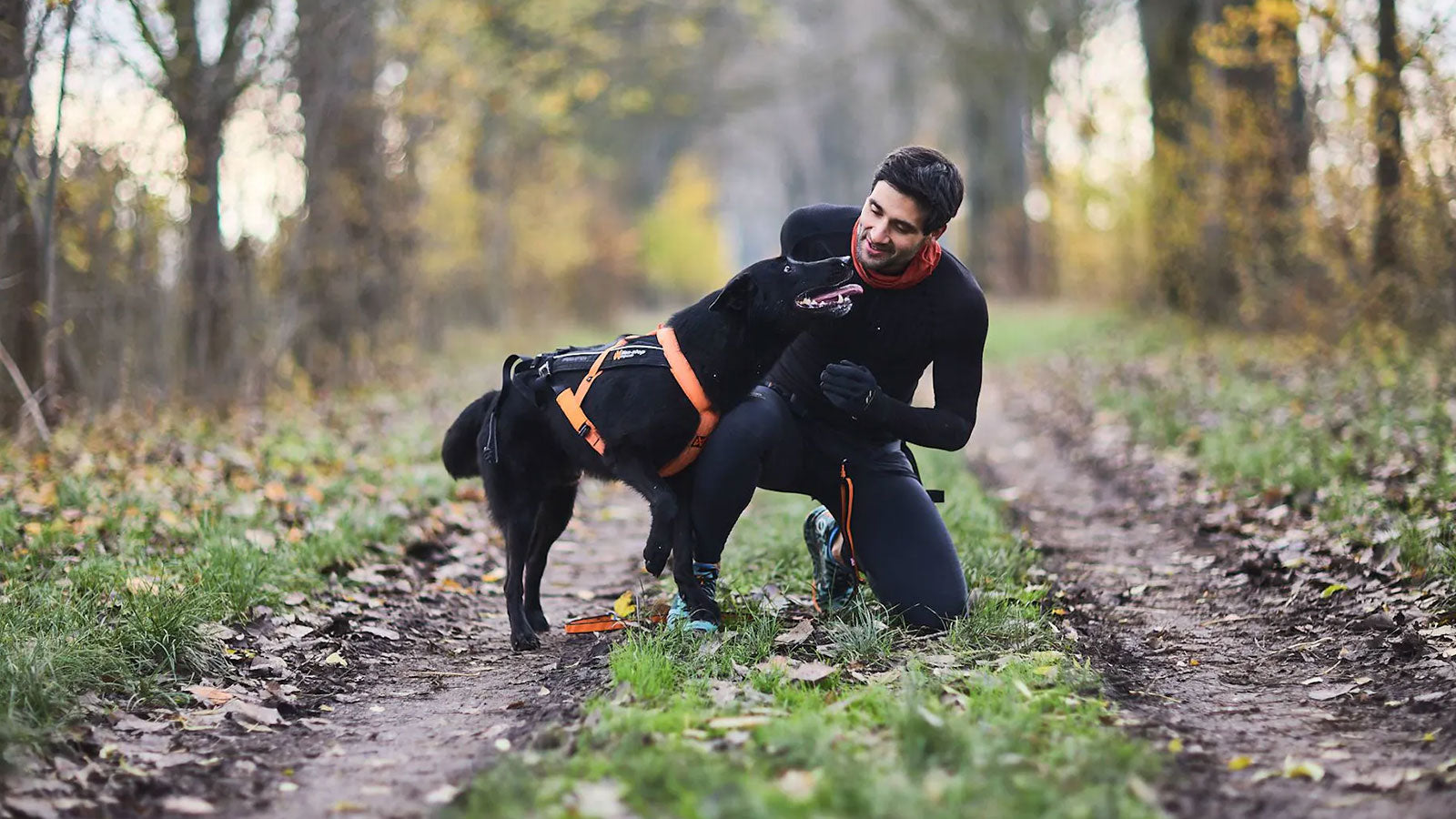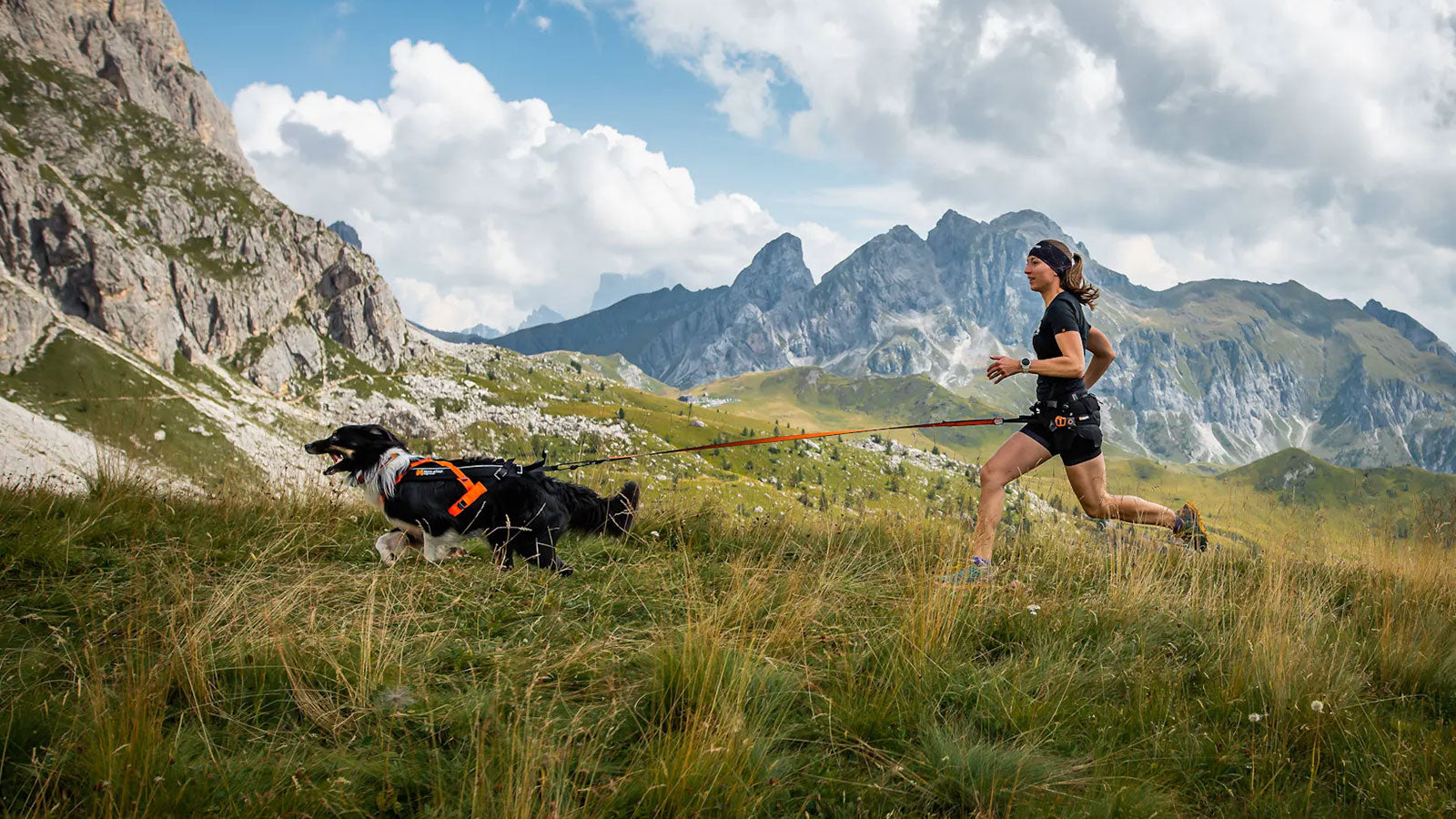Cataracts in dogs are a common condition, especially as they age. These cloudy areas in the lens of the eye can lead to partial or complete blindness. While surgery is often recommended by veterinarians, there are natural methods that can help manage and even prevent cataracts in some cases.
Cataracts in dogs, much like in humans, involve the clouding of the eye's lens, leading to impaired vision. This condition is caused by the clumping of proteins within the eye, forming a cloudy film that blocks light and can eventually cause blindness. It's a common condition among dogs, particularly as they age, but there are various causes, symptoms, and treatments to be aware of.
Common Causes of Cataracts in Dogs
While aging is a primary cause, several other factors can lead to the development of cataracts in dogs:
- Diabetes Mellitus: A significant contributor, especially in older dogs. Diabetic dogs are at high risk for developing cataracts, often within a year of diagnosis.
- Genetic Predisposition: Certain breeds are more prone to cataracts due to inherited gene mutations.
- Eye Injuries or Inflammation: Trauma or chronic inflammation can trigger cataract formation.
- Toxic Exposure: Chemicals, such as those in household cleaning products, can lead to cataracts if they come into contact with a dog’s eyes.
- Nutrition Deficiency: Especially in puppies, deficiencies in certain nutrients can lead to cataracts.
Breeds Prone to Cataracts
More than 100 breeds are known to be susceptible to cataracts, including:
- Labrador Retrievers
- Cocker Spaniels
- Poodles
- Siberian Huskies
- Boston Terriers
Signs and Symptoms of Cataracts in Dogs
Recognizing cataracts early can make a significant difference in management. Look out for these signs:
- Cloudy or whitish appearance in the eye
- Increased clumsiness or bumping into objects
- Reluctance to go outside, especially at night
- Pawing at the eyes or increased discharge
If your dog shows any of these symptoms, a visit to the vet is essential for a thorough eye examination.
Diagnosing Cataracts
Vets diagnose cataracts through detailed eye examinations. They assess the extent, density, and speed of cataract development. Additional tests, such as ultrasounds or electroretinography, may be recommended to determine the best course of action.
Traditional Treatment: Cataract Surgery
The standard treatment for cataracts in dogs is surgery, where the cloudy lens is removed and replaced with an artificial one. In cases where cataracts have severely impaired your dog's vision, surgery may be necessary. However, this procedure is not without risks, including potential complications like infections, eye inflammation, and even retinal detachment. Surgery can also be costly, ranging from $1,500 to $4,000 per eye.
Natural Management of Cataracts
For those seeking alternatives to surgery, several natural approaches can help manage cataracts and potentially slow their progression:
- Diet: A diet rich in eye-supporting nutrients can be beneficial. Include foods like eggs (vitamin A, lutein), blueberries (antioxidants), and green leafy vegetables (phytonutrients).
- Supplements: Omega-3 fatty acids, astaxanthin, and bilberry extract have been shown to support eye health and may help in cataract management.
- Herbs: Eucalyptus honey and the Chinese herbal formula Hachimijiogan have shown promise in reducing cataract severity.
Dietary Changes
Providing a balanced diet rich in antioxidants can help maintain eye health and potentially slow the progression of cataracts:
- Eggs: Rich in vitamin A, lutein, and zeaxanthin, which are beneficial for eye health.
- Carrots and pumpkin: These foods are high in beta-carotene, which supports vision.
- Blueberries: Packed with antioxidants, blueberries can help protect the eyes from oxidative stress.
- Leafy greens: Vegetables like kale and spinach contain nutrients that are beneficial for the eyes.
- Omega-3 fatty acids: Found in fish oil, these essential fats support overall eye health.
Herbal and Nutritional Supplements
Supplements can also play a significant role in managing cataracts. Some of the most effective include:
- Bilberry extract: This supplement has been shown to support eye health and slow the progression of cataracts.
- Grape seed extract: Known for its antioxidant properties, it can help protect the lens from oxidative damage.
- N-Acetylcarnosine: A compound that has shown promise in reversing cataracts in some studies.
- Astaxanthin: A powerful antioxidant that helps protect the eyes from damage.
- Alpha-Lipoic Acid: This antioxidant may help prevent the formation of cataracts, particularly in diabetic dogs.
Preventing Cataracts in Dogs
While not all cataracts can be prevented, certain steps can reduce the risk:
- Regular eye check-ups: Early detection is key to managing cataracts effectively.
- Manage underlying conditions: Controlling diabetes and other health issues can reduce the risk of cataracts.
- Maintain a Balanced Diet: Ensure your dog receives all essential nutrients, particularly during puppyhood, to avoid deficiencies that can lead to cataracts.
- Avoid Over-Vaccination: Over-vaccination can disrupt your dog’s immune system and increase the risk of cataracts. Consult your vet to determine the necessary vaccinations for your dog.
- Protect Eyes from Injury: Prevent eye injuries by keeping sharp objects out of reach and using dog goggles if necessary.
- Minimize Toxic Exposure: Store chemicals safely and use dog-friendly cleaning products to avoid accidental exposure and avoid smoking around your dog.
Conclusion
While cataracts in dogs can be a daunting diagnosis, understanding the condition and exploring natural management options can significantly impact your dog's quality of life. By providing a nutrient-rich diet, incorporating supplements, and staying vigilant about your dog's eye health, you can help manage or even prevent cataracts.
Always consult with your veterinarian to determine the best course of action for your dog's specific needs.






Share:
Colitis in Dogs: Causes, Symptoms, and Natural Treatments
Natural Approaches to Managing Pancreatitis in Pets